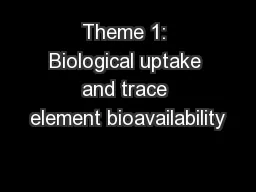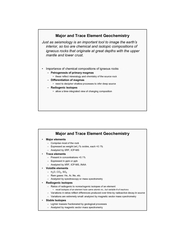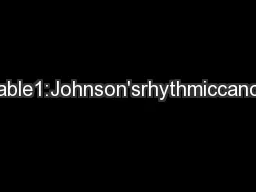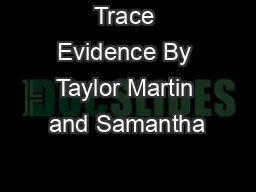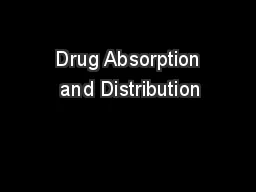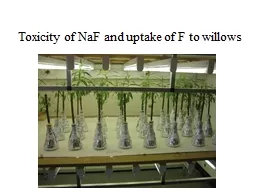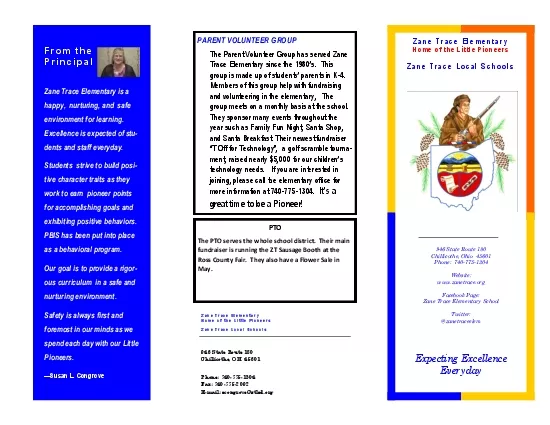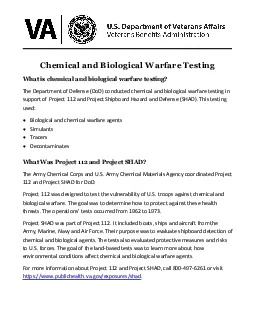PPT-Theme 1: Biological uptake and trace element bioavailability
Author : jane-oiler | Published Date : 2018-03-12
i Largest scales oceanic inventories Residence time kyr you conveniently ignore all that stoichiometric variability Gideon Henderson GEOTRACES mtg London
Presentation Embed Code
Download Presentation
Download Presentation The PPT/PDF document "Theme 1: Biological uptake and trace ele..." is the property of its rightful owner. Permission is granted to download and print the materials on this website for personal, non-commercial use only, and to display it on your personal computer provided you do not modify the materials and that you retain all copyright notices contained in the materials. By downloading content from our website, you accept the terms of this agreement.
Theme 1: Biological uptake and trace element bioavailability: Transcript
Download Rules Of Document
"Theme 1: Biological uptake and trace element bioavailability"The content belongs to its owner. You may download and print it for personal use, without modification, and keep all copyright notices. By downloading, you agree to these terms.
Related Documents

